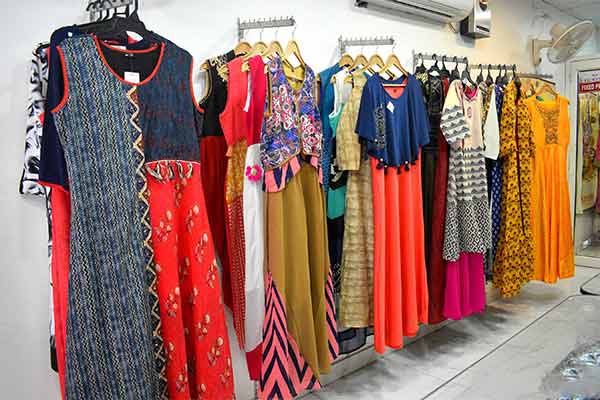
Shipments of readymade Indian garments finally reached Europe, by sea
NEW DELHI : India’s exports of readymade garments increased significantly in value terms in January as cargoes stuck due to the Red Sea crisis reached their destinations by tracking more long route around the Cape of Good Hope in Africa.
Exports of ready-to-wear textile products rose 11% to $11.57 billion in January from $10.13 billion in December 2023, according to Commerce Ministry data analysed.
To be sure, the volume data for these shipments is not available on the commerce ministry’s NIRYAT Portal. In the first 10 months (April 2023-January 2024) of the current fiscal year, exports of all textiles stood at $27.69 billion, down from $29.41 billion in the corresponding months of 2022-23.
The main buyers of Indian readymade garments (RMG) are European countries led by Germany, Netherlands, Italy, Poland and Denmark. These countries recorded a month-on-month growth of 19%, reaching $4.30 billion in January.
According to a government official, who preferred not to be named, the increase in RMG exports in January can be attributed to the movement of cargoes that were booked in advance but were held up due to the Red Sea crisis that started early in November.
“Now we are analyzing the data. It is possible that the new bookings were realized in January, because there is a usual trend of export growth in the last quarter after a slow start in the first which is two quarters,” added the official.
Yemen-based Houthi rebels have targeted shipping in the Red Sea–a busy trade route–in retaliation for Israel’s bombing of Gaza. About 80% of India’s trade with Europe goes through the Red Sea. Key products such as crude oil, auto and auto ancillaries, chemicals, textiles and iron and steel have been affected by the crisis.
“The Red Sea crisis will make things more expensive, and it affects everyone. India cannot be seen in isolation. It will also affect the exports of Bangladesh, China, etc. In general, the global trade has become more expensive due to the Red Sea crisis,” said Rahul Mehta, President, Clothing Manufacturers Association of India (CMAI).
“I don’t see any significant growth in exports of textiles in global trade. Sentiments continue to be depressed. The following months of this fiscal will remain the same; no major developments are expected,” Mehta said. Queries sent to the textile ministry remained unanswered till the time of publication.
Indian exports face higher shipping costs due to re-routing from Africa. Approximately 95% of ships turn around the Cape of Good Hope adding 4,000-6,000 nautical miles and 14-20 days to the trips, the commerce ministry said in a report last month.
India is the sixth largest exporter of textiles and apparel in the world, with the domestic apparel and textile industry contributing about 2.3% of the country’s GDP, 13% of industrial production, and 12 % of exports.
The size of the textile and apparel market in India is growing at a CAGR of 14.59% from $172.3 billion in 2022 and is expected to reach $387.3 billion in 2028, according to the Indian Brand Equity Foundation (IBEF), a body established by the ministry of commerce and industry.
The textile industry is also the second largest employer after agriculture, providing direct employment to 45 million people and 100 million people in allied sectors.
